Description
This research work is on Evaluation of value for money audit as a tool for fraud control in the public sector
TABLE OF CONTENTS
The title page i
The approval page ii
Certification page iii
Dedication iv
Acknowledgement v
Table of contents vii
List of tables viii
List of figures ix
The abstract x
Chapter One: Introduction
1.1. Background of the study…………………………………………………………….1
1.2. Statement of the problem…………………………………………………………..3
1.3. Research question……………………………………………………………………….4
1.4. Objective of the study…………………………………………………………………4
1.5. Research hypotheses……………………………………………………………………5
1.6. Scope of the study………………………………………………………………………6
1.7. Limitation of the study…………………………………………………………………7
1.8. Significance of the study………………………………………………………………7
1.9. Definition of terms……………………………………………………………………….8
Chapter Two: Review of related literature
2.1. Difference between internal auditing and internal auditor…………….10
2.1.1. The need or objective of internal auditing in power sector……………..11
2.2. Difference between external auditing and external auditor……………..12
2.2.1. Objectives of external auditing…………………………………………………….13
2.3. Qualities of an auditor………………………………………………………………….14
2.3.1. Auditors right………………………………………………………………………………….16
2.3.2. Duties of an auditor………………………………………………………………………..17
2.4. Value for money audit as a tool of fraud control…………………………..18
2.4.1. Value for money objectives…………………………………………………..……….…19
2.4.2. Improving value for money audit………………………………………..………….…20
2.5. Problems and prospects of value for money audit…………………………20
2.5.1. Causes of fraud in the public sector………………………….…………………..21
2.5.2. Prevention measures of fraud in the public sector……………………..…23
2.6. Other preventive measures………………………………………….……………………24
2.6.1. Internal auditor’s role in fraud control……………………..……………………24
2.6.2. Fraud control methods………………………………………….……………………….26
2.7. Core of value for money audit…………………………………………………………27
2.7.1. Value for money audit concept……………………………………………………….31
2.7.2. Scope and emphasis……………………………………………………………………….33
2.8. Auditing and value for money……………………………..…………………………34
2.8.1. Steps involved in carrying out value for money audit…………………………36
2.8.2. Public sector audit………………………………………………………………………….36
2.9. Procedures for value for money audit…………………………………………….37
2.9.1. Value for money audit technique………………………………………………….39
2.9.2. Value for money review………………………………………………………………….41
2.10. Problems of value for money audit in the public sector………………….42
Chapter Three: Research methodology
Introduction………………………………………………………………………………………..44
3.1 Research design………………………………………………………………………………44
3.2 Source of data……………………………………………………………………………………46
3.3 Population of the study…………………………………………………………………..46
3.4 Sampling size and techniques…………………………………………………………47
3.5 Instrument for data collection……………………………………………………..48
3.6 Validity for instrument of data ………..………………………………………….49
3.7 Reliability of the instrument data…………………………………………………..49
3.8 Method of data ……………………………………….…………………………………..49
3.9 Method of data analysis……………………………………………………………….50
Chapter Four: Data presentation, analysis and interpretation
4.1. Data presentation and analysis……………………………………………………..53
4.2. Test of hypothesis…………………………………………………………………………63
Chapter Five: Summery of findings, conclusion and recommendation
5.1. Summary of findings………………………………………………………………………75
5.2. Conclusion…………………………………………………………………………………….77
5.3. Recommendation…………………………………………………………………………78
BIBLIOGRAPHY………………………………………………………………………….80
APPENDIX / QUESTIONNAIRE……………………………………………..82
List of tables
4.1.1 Responses on the extent to which value for money audit is relevant to the effectiveness and control of an organization.
4.1.2 Responses on the significant relationship between internal control and fraud detection.
4.1.3 Responses on the causes of lack of transparency and wide spread corruption in power sector.
4.1.4 Responses on the significant impact of value for money audit in fraud detection and control.
List of Figures
Fig 2.7 Categorization of fraud detection methods
4.2 Anova table
4.2.1 Anova contingency table for hypothesis 1
4.2.2 Anova contingency table for hypothesis 2
ABSTRACT
The scope of governmental auditing has been widened over the year by the demand for independent verification of information to the extent that it can no longer be limited to the audit of financial operations, but value for money audit which ensures that the activities and programs are carried out at low cost and high standard. Lack of commitment in cost efficiency to the overall achievement of goals by the managers in the public sector brought the need of this research work titled “Evaluation of value for money audit as tool for fraud control in the public sector”. The aim was to ascertain whether government auditing achieves the purposes for which programs are authorizes and funds released economically and efficiently in accordance with applicable law and regulations. A survey research design was adopted for the study with sample size of 100 respondents randomly sample and stratified from Audit and finance department of PHCN (Abuja). Three hypotheses were tested at 5% level of significance using the analysis of variance (ANOVA) statistics. it was found that value for money audit play a vital role in promoting the effectiveness and efficiency of activities in the public sector the researcher recommend that government should support the implementation of policies formulated to enhance value for money audit in the public sector.
CHAPTER ONE
1.1 BACKGROUND OF THE STUDY
Every sector of the economy both the private and the public sector has its own objectives and goals to achieve. For the public sector of the economy, their goal is to satisfy the social needs of the citizens and in the effort to achieve these purposes, auditing more often, play a vital role.
The size and scope of these sectors have sometimes made it clear for the executor to exercise personal and first hand supervision of operation. It is in this light that value for money audit established by management is initiated, for any organization to carry out its business efficiently and effectively, there must be some factors that must be put in place for the smooth running of the organization like materials, machines, human labor and money e. t. c.
Auditing is seen to play an intermediary function in between management and the resources of the organization. It is also fundamental to any business either the public or private sector, which will help the business to keep its adequate financial records. These financial records are kept in response to the demand by a system control which requires..

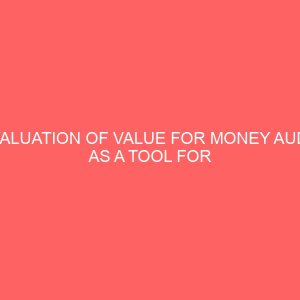
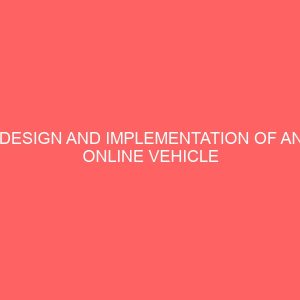
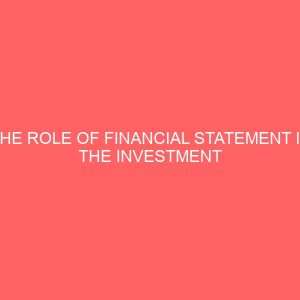
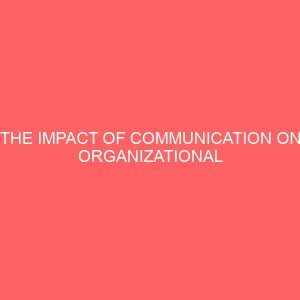
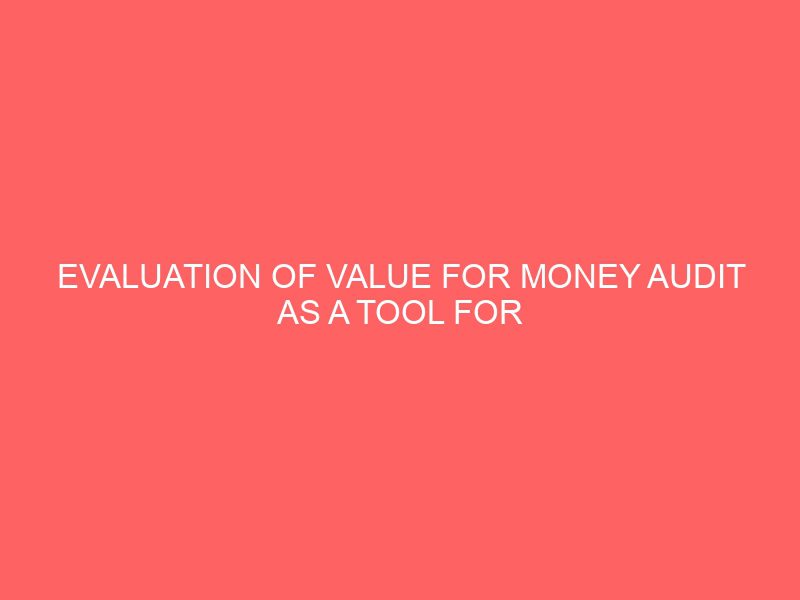


Reviews
There are no reviews yet.